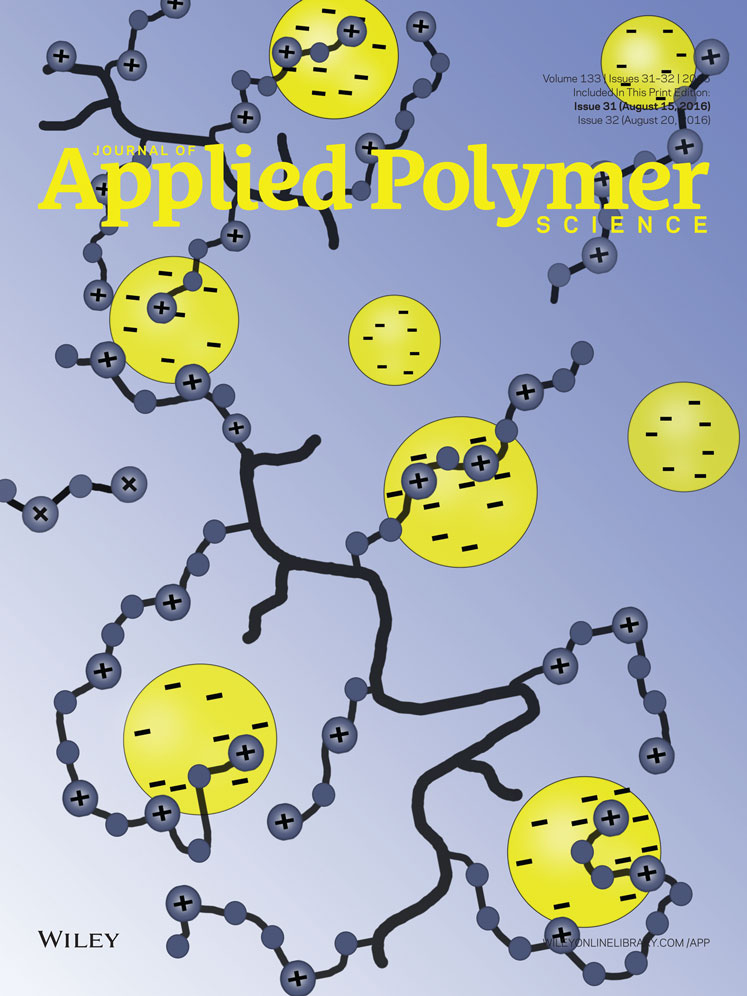Detergent impurity effect on recycled HDPE: Properties after repetitive processing
ABSTRACT
High density polyethylene (rHDPE) is extruded 1 to 8 times, with and without detergent, to simulate the effects of impurities on the material and on the artificial ageing process. The mechanical properties, thermal stability, rheology, Fourier transform infrared spectroscopy (FTIR), and volatile organic compound (VOC) emissions are measured. According to the results, ageing of rHDPE increases tensile strength, reduces elongation, and enhances side chain branching of the material and thus causes rheological changes. The addition of detergent reduces changes in mechanical properties and rheological behavior but accelerates thermal degradation. VOC and FTIR measurements of the samples with detergent addition show generation of harmful 1,4-dioxane. The amount of total emission, as well as emissions of important perfumes limonene and 1R-α-pinene, decreases during multiple extrusion cycles. Heating of the plastics is found to be a major factor in the VOC emission reduction. Impurities have a notable effect on the artificial ageing results. © 2016 Wiley Periodicals, Inc. J. Appl. Polym. Sci. 2016, 133, 43766.




